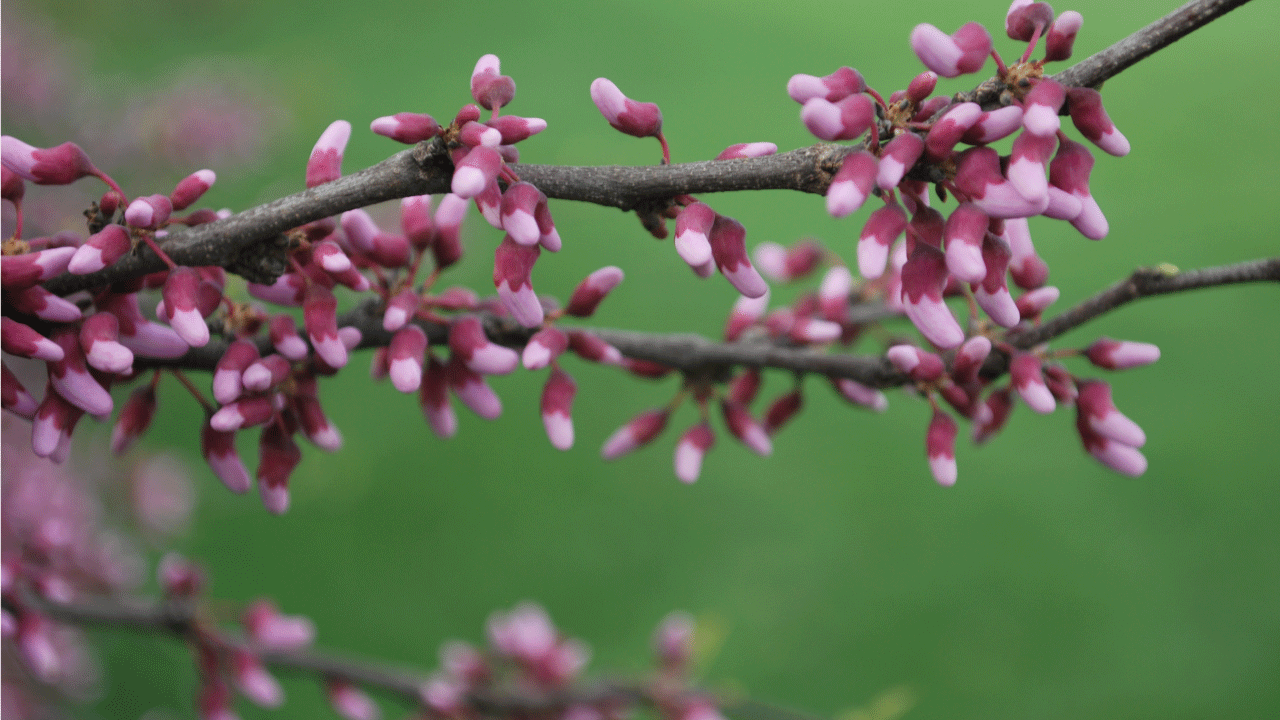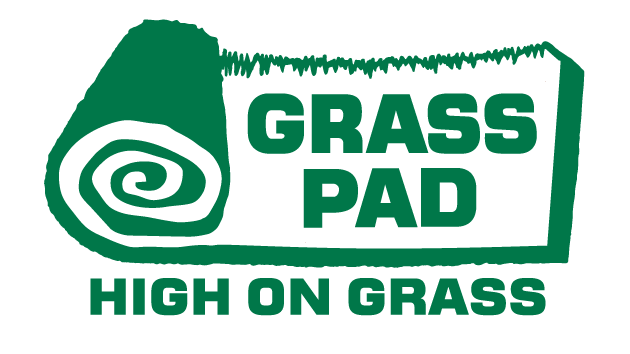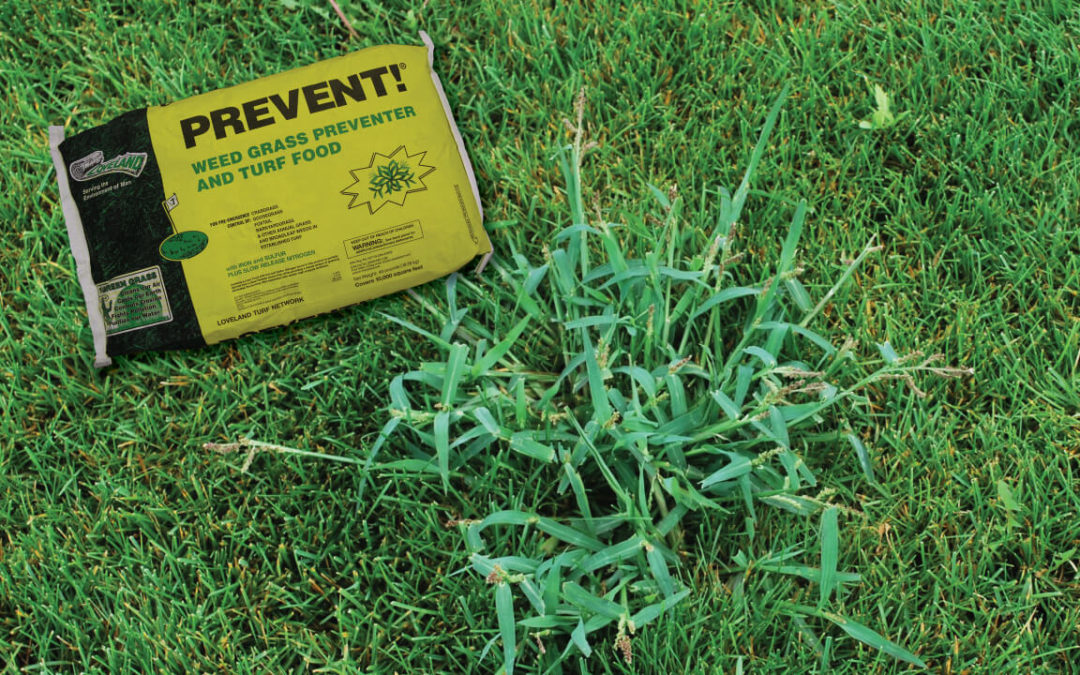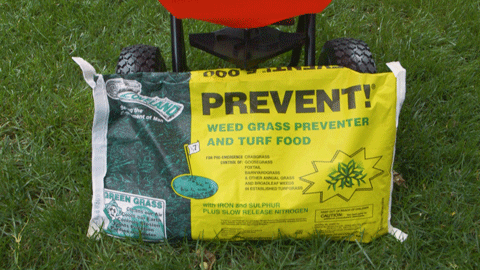Patience is your best virtue when it comes to good crabgrass prevention. You can’t fool Mother Nature and when it comes to making her garden grow. Ugly annual summer weeds love the heat. Crabgrass, goosegrass, and foxtail weed seeds will not germinate until the ground soil temperature reaches 55°. Soil temperatures will not warm until nighttime temperatures are consistently above 50°.
When Do I Apply Step 1 Prevent?
The recommended application dates for the first application of Prevent to control crabgrass is a window from mid-March to mid-April. Applying Prevent too early in March can cause a lapse in coverage when it is needed the most during the summer months. Experienced homeowners and professionals can extend control for crabgrass longer into the weed growing season by having patience in applying Prevent. Waiting to apply Prevent when ground soil temperatures are nearer to 50°. Weather data averages show this would be early to mid-April here in the mid-west.
See Related: Uncle’s Idiot Proof Lawn Care Program
Why Do I Need a Second Application of Prevent?
The real secret to crabgrass control is using two applications of Prevent. Uncle’s two application Prevent formula extends crabgrass control through heavy spring rains and dry, hot summers while one step formulas simply breakdown and fade away. They didn’t need to tell Uncle, but University testing has shown that two application pre-emergent formulas outperform one application formulas under mid-western weather conditions.
Where to Find the Ground Soil Temperature?
You can use a soil temperature probe to test the soil temperature in your own lawn or you can simply watch the weather forecasters. When day and night time temperatures above 50° for more than a week, the soil temperatures will be rising. You can follow the ground soil temperatures at the sites linked below or you can use Mother Natures sign to throw down Prevent is when the redbud blooms.

When Do I Apply the Step 3 Prevent?
Step 3, the second application of Prevent, goes down 8 to 10 weeks after the Step 1 application. If you followed our recommended application dates for Step 1, Step 3 Prevent should be applied in late May to early June when the soil temperature reaches 70°. If you apply Prevent before March 15th, adjust your second application date accordingly. For the best results, always apply ½” of water within 48 hours after application.
Is It Too Late to Throw Down Prevent?
When it’s late spring, and you may think you have missed the window of opportunity to control crabgrass, but really it’s not too late. Sometimes life gets in the way of the yardwork. Everyone prioritizes, and at times yardwork comes last. Research tells us crabgrass starts to germinate when soil temperatures reach 55 degrees. Experience tells us that not all crabgrass seeds germinate at the same time. Your lawn is made up of many different micro-environments; some parts of the yard are drier than others; some parts heat up quicker than others. If you’re late at getting your Prevent down, that’s ok. Sure, areas that heat up faster around driveways and sidewalks may warm up more quickly. You may have some crabgrass pop up in those areas, and you can control those areas later with Q-Bomb, a post-emergent crabgrass control. Don’t let a few early sprouts stop you from getting crabgrass pre-emergent into your soil. Controlling 90% of crabgrass is better than 80%, and controlling 80% is better than 50%, and stopping 50% is better than doing nothing. The bottom line, it’s not too late, but the sooner you get it down and watered in, the more crabgrass you will control.




